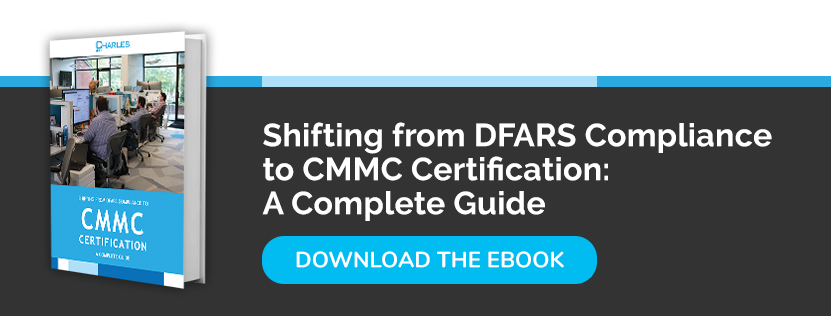With over 300,000 defense contractors, the DoD has one of the biggest supply chains in the world. The Defense Industrial Base (DIB) is constantly exposed to a wide variety of threats, including state espionage and state-sponsored attacks. To counter these threats in the age of cyberwarfare, the federal government is starting to enforce the DoD CMMC regulations. The framework is design to regulate and protect the usage of controlled unclassified information (CUI) and other sensitive data pertaining to the DoD. Every defense contractor must comply.
The controls required to achieve CMMC Level 1 represent the bare minimum needed to take on requests for proposals (RFPs) with the DoD. However, earning a higher certification level can open the door to many more opportunities, with the more lucrative ones usually requiring at least Level 3 compliance. Reaching Level 2 requires you to implement the CMMC Practice RM.2.142. This control requires continuous scanning for vulnerabilities in any organizational systems and applications used to store, transmit, or process data on behalf of the DoD.
What is vulnerability scanning?
Vulnerability scanning is one of the key responsibilities of the IT security team, whether that team is a department you built in-house or a managed security services provider (MSSP) that you outsourced.
When deployed, vulnerability scanning solutions create a complete inventory of every system making up a network. This includes servers, desktops, mobile devices, peripherals, and virtual resources like containers and virtual machines. For every device included in the inventory, the scanner will attempt to identify important characteristics. These include the operating system running and other software running on it, and other attributes like user account privileges and open ports.
After building a complete inventory of network assets, the platform will check every item in the inventory against a database of known vulnerabilities. If it finds any matches, it will immediately alert an administrator so they can address it proactively. The scanning process itself typically happens in the background, continuously scanning for changes and comparing them to one or more vulnerability databases.
Achieving CMMC regulations compliance with vulnerability scanning
Implementing an enterprise-grading vulnerability scanner isn’t just a DoD CMMC framework requirement – it also offers many important business benefits. It offers a fast and repeatable way to expose potential security vulnerabilities across increasingly complex and distributed computing networks. Scanners can work across internal and external resources to uphold your security perimeter at virtually any scale.
Continuous vulnerability scanning is a proactive method. Its purpose is to aid in the exposure and mitigation of possible risks before they become threats. By contrast, antimalware solutions only kick in when a system or network has already been compromised, often after the damage has already been done. Continuous scanning also helps you keep ahead of the constantly evolving threat landscape, where there are many thousands of new vulnerabilities discovered every year.
A vulnerability scanner is designed to work in the background around the clock with minimal need for human intervention. These solutions are usually very configurable, so administrators can take steps to align them with business needs and policies and minimize false positives. A properly configured solution will create a prioritized list of potential vulnerability ordered by their severity. For example, it might be configured to send automated alerts if a particularly high-risk vulnerability is discovered. Less likely threats, by contrast, might be compiled into a report for less urgent review.
CMMC regulation requirements
CMMC Practice RM.2.142 is a Level 2 control that requires contractors to have a way to scan periodically for vulnerabilities in organizational systems and applications. Scans should also be carried out whenever new vulnerabilities are identified in those systems. For example, if a bug report comes out highlighting a newly discovered security vulnerability in a computing product, contractors should carry out a thorough scan of their systems if they use any of those products.
Per CMMC Practice RM.2.143, contractors also need an established process for remediating vulnerabilities in accordance with risk assessments. A pre-assigned security leader, either in-house or outsourced, should review the reports delivered by the vulnerability scanner and take any necessary steps to mitigate them. Since vulnerabilities don’t impact all businesses in the same way, it’s important to review the risks in detail and create a prioritized plan for mitigating them.
Final words
Vulnerability scanning offers a cost-effective and unified approach to proactively decreasing risk to your business. It’s highly versatile and scalable and helps you identify threats quickly across increasingly complex computing environments. With continuous vulnerability scanning and a remediation strategy in place, you’ll be two steps closer to achieving CMMC Level 2 and taking on more lucrative defense contacts as a result.
Charles IT helps contractors prepare for their CMMC certifications with in-depth assessments and expert guidance. Contact us today to schedule a consultation!





